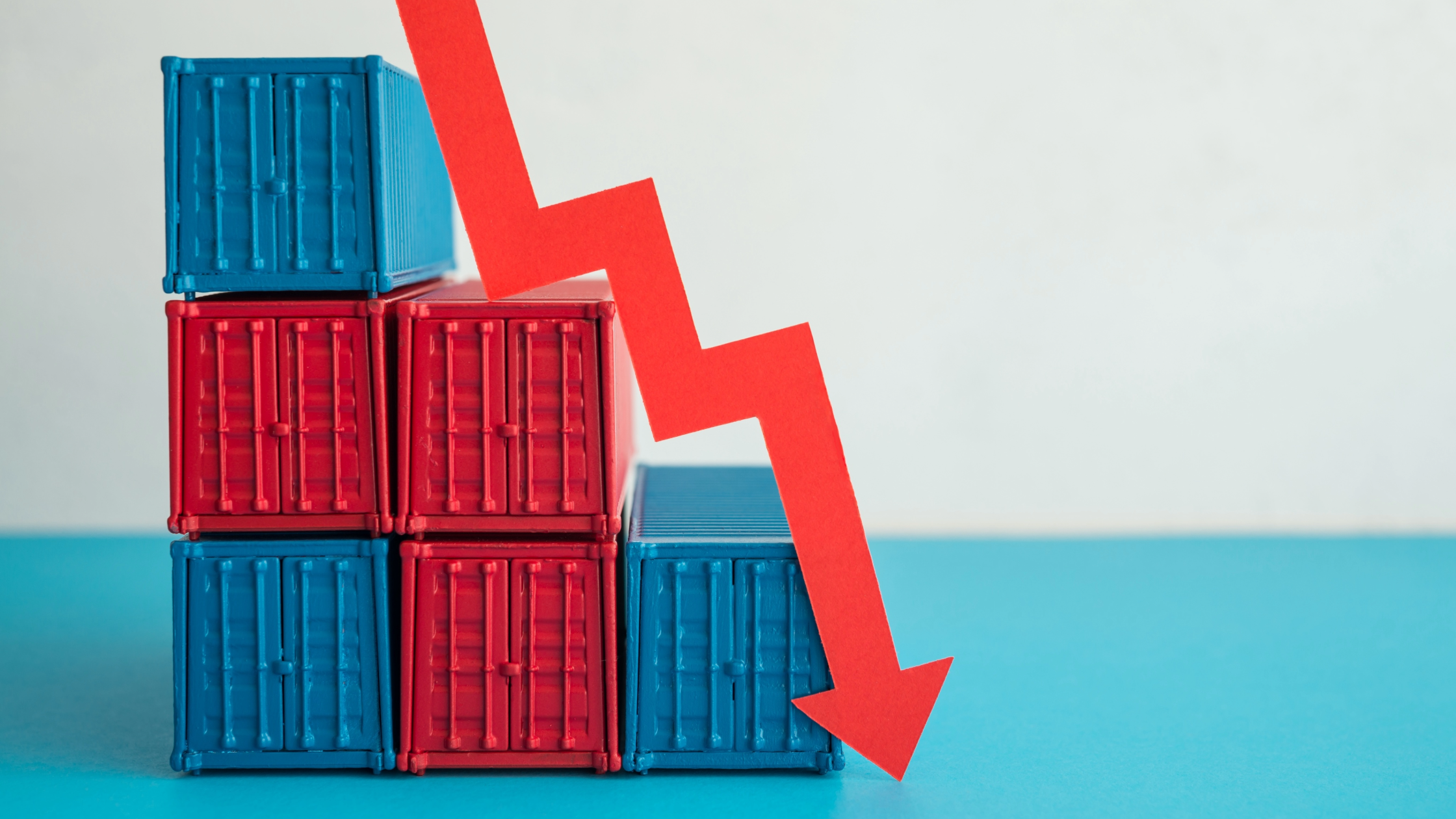Content Decay Is Real—Here’s How to Fix It Before You Tank
Here’s the hard truth: content doesn’t last forever. Just because your blog post ranked #1 a year ago doesn’t mean it’s still holding that spot today. In fact, if you haven’t touched it in a while, there’s a good chance it’s slowly sliding into digital irrelevance. That, my friend, is content decay—and it’s killing your traffic whether you realize it or not.
But don’t panic. Content decay isn’t a death sentence. It’s a signal that your content needs a tune-up. And if you know what to look for (and how to fix it), you can recover those rankings—and maybe even gain a few spots in the process.
What Is Content Decay?
Content decay happens when once-high-performing content gradually loses traffic and rankings over time. The reasons vary: search intent changes, competitors create fresher content, your info gets outdated, or Google just finds a shinier, newer article to show off.
This usually shows up in your analytics like a slow leak. One day you’re pulling in hundreds of views from that “Best Roof Rack for Jeeps” post, and a few months later? Crickets.
How to Spot Content Decay
Check your Google Search Console or Google Analytics. Look for pages that:
- Used to get strong organic traffic but now show a consistent decline
- Are slipping in rankings for their primary keywords
- Haven’t been updated in 12+ months
These are your “at-risk” pages—still valuable, but currently underperforming.
Why Content Decay Happens
- Search intent has shifted: Maybe your blog covered “SEO tips for 2022.” It’s 2025. No one cares.
- Competition improved: Your competitors published a better version of your content and outranked you.
- Outdated data or advice: Stats change, trends evolve, and broken links multiply.
- Your site structure changed: Moving a URL or losing internal links can cut off its authority flow.
If you don’t address these issues, that content is just dead weight—and Google treats it that way.
How to Fix It (Without Starting From Scratch)
1. Refresh the Content Itself
Update the article with new information, improved formatting, and current examples. Look at your competitors—what are they covering that you’re not? Add value. Make it deeper, faster, more helpful.
- Add updated stats or industry news
- Improve headlines and subheadings
- Replace old images or screenshots
- Add a recent date to the post if it’s evergreen
2. Reoptimize for Modern Keywords
Your target keyword from 2021 might not be the top phrase today. Use tools like Ahrefs, SEMrush, or even Google’s autocomplete to find related queries. Then rework your on-page SEO to align with what people are searching for right now.
Don’t forget:
- Rewrite your title tag and meta description
- Add internal links to newer, relevant content
- Consider schema markup if it fits (like FAQ or How-To)
3. Boost Internal Linking
Old posts often decay because they’re buried and forgotten. Link to them from newer, high-traffic pages. You’ll give Google (and your users) a reason to revisit that older content.
4. Consolidate or Redirect If Necessary
Not all content is worth saving. If you’ve got five blog posts about “RV tire maintenance,” consider merging them into one comprehensive guide. Then 301 redirect the old posts to the new one.
This prevents cannibalization, keeps your authority focused, and signals to Google that your new post is the definitive source.
5. Promote Like It’s Brand New
Once you’ve refreshed the content, don’t just hit “update” and walk away. Treat it like a new post. Share it on your social channels, link to it in your email newsletter, and submit it for indexing in Search Console.
That burst of activity signals to Google that the page is alive and kicking.
Preventing Content Decay Moving Forward
Here’s the secret sauce: content maintenance. Build regular check-ins into your SEO workflow. Every quarter, audit your top-performing content to see what’s slipping. Create a content refresh calendar alongside your new content schedule.
Even better? Create content with longevity in mind. Focus on evergreen topics and build cluster pages that support each other. The more useful your site is as a whole, the less likely your content is to decay in the first place.
The Takeaway: Don’t Let Your Best Work Rot
Content decay isn’t failure—it’s an opportunity. That blog post you wrote two years ago still has potential. You’ve just got to dust it off, tune it up, and give it another shot at the spotlight.
At Hour51, we don’t just create content—we keep it alive. Our SEO maintenance plans help businesses stay on top of rankings, traffic, and user experience long after the publish button is hit. Ready to revive your site’s best pages? Let’s fix the leak before the whole ship sinks.
news via inbox
Subscribe to get SEO Tips and Tricks directly in your inbox!








